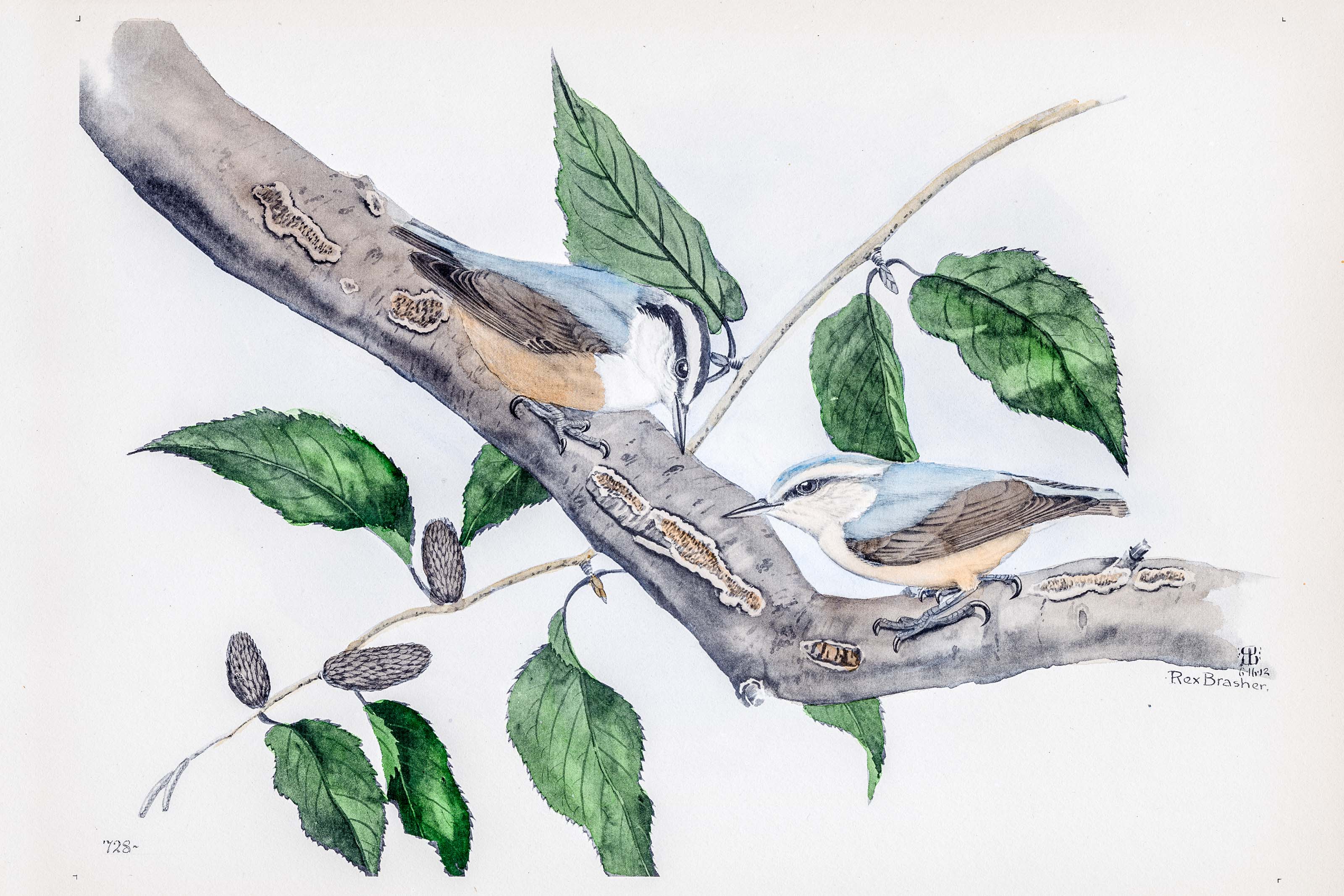
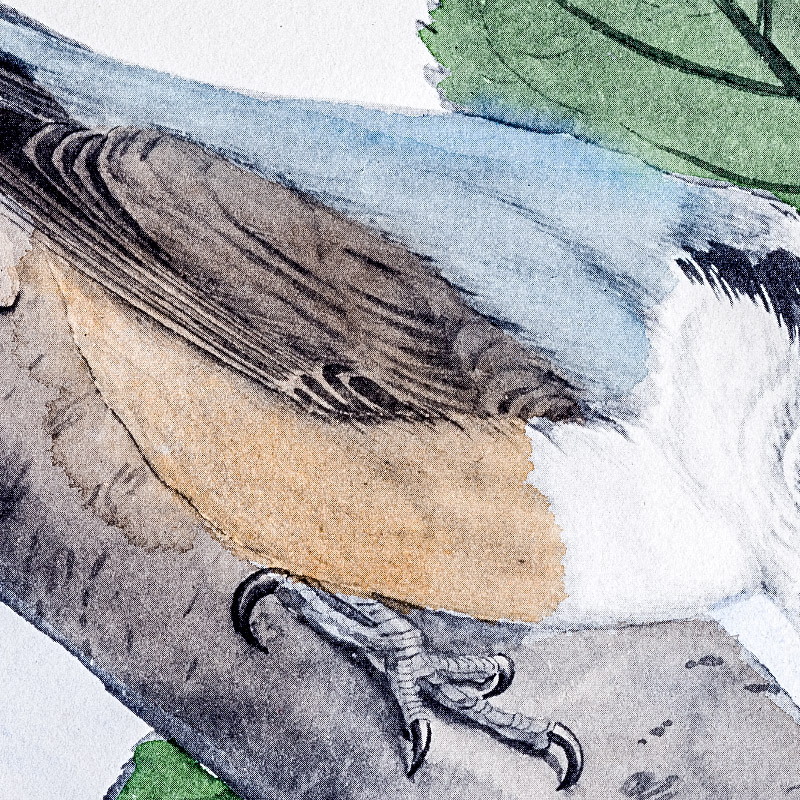
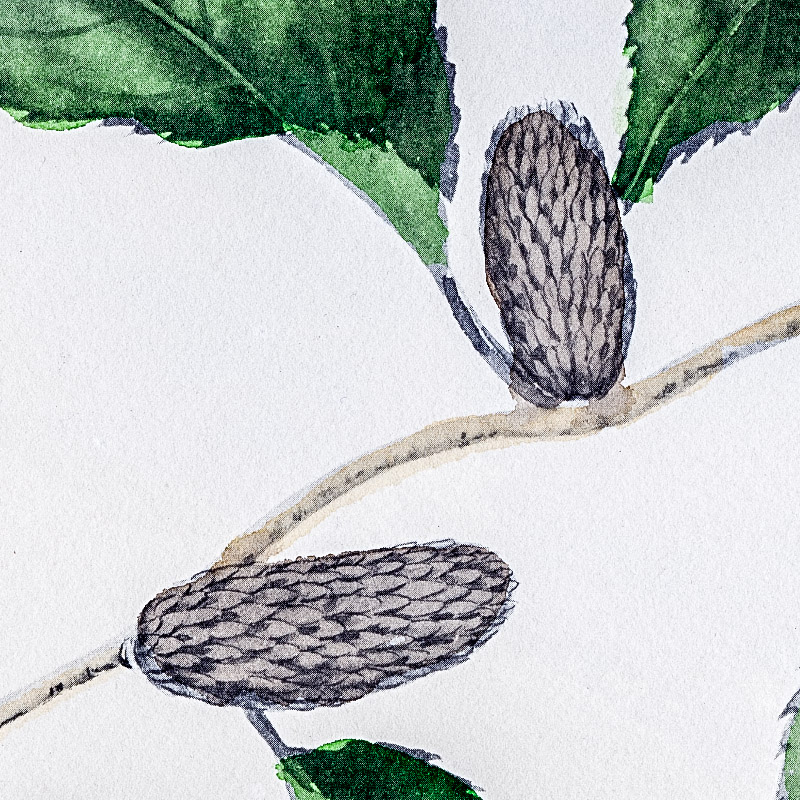
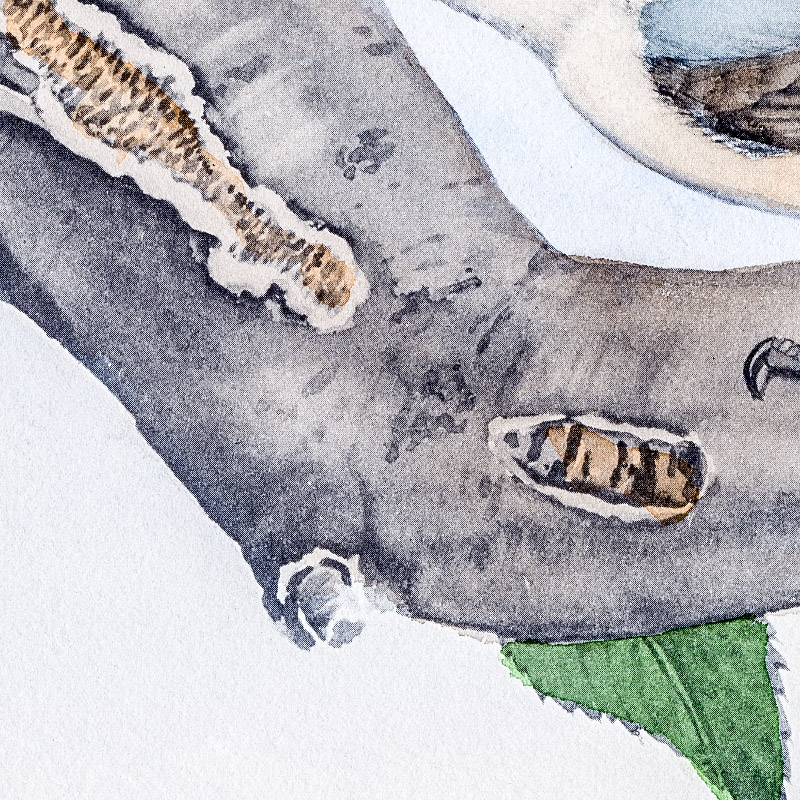
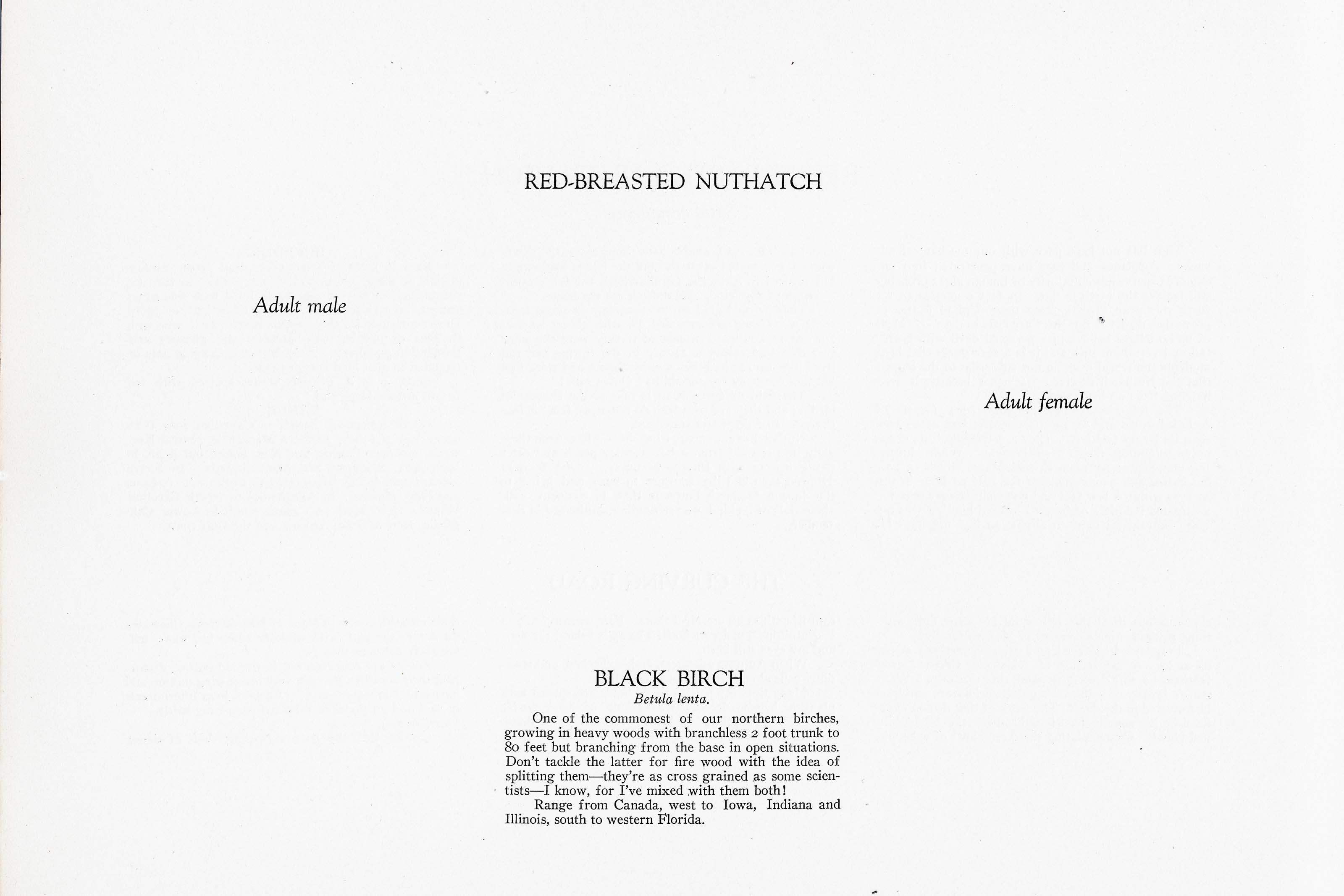
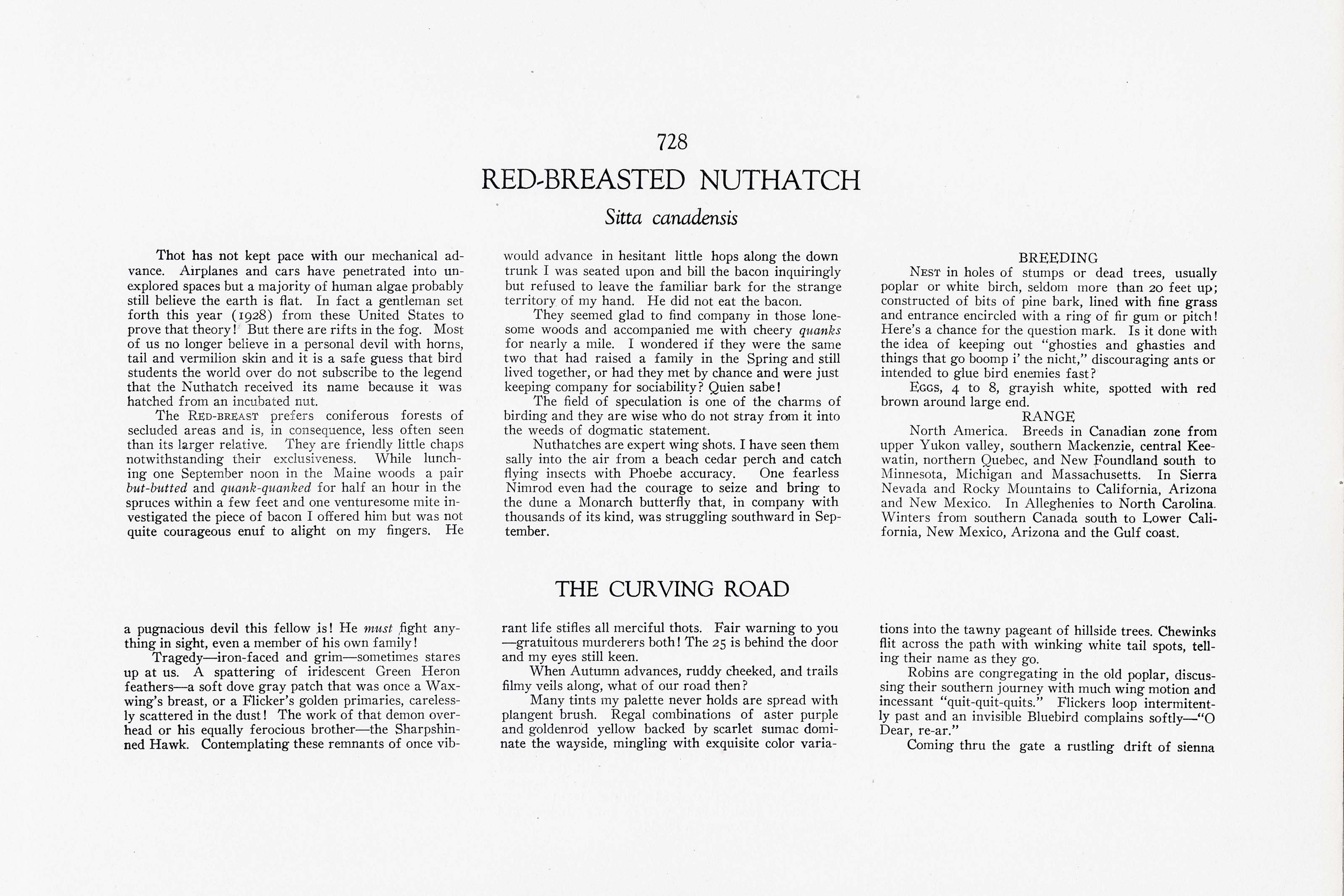

1912
1929
12
728
A team of dedicated board members, volunteers, and student interns has published every page in Volume 9. This volume includes 360 images of paintings and lyrical descriptions of birds, now available online for everyone to enjoy anywhere in the world. This is a monumental task. Each volume requires approximately 400 hours to photograph, edit, transcribe, catalog, and publish online. We need your support to complete this work.
If you're tech-savvy, have a good eye, are meticulous with details, and love structured data, please consider volunteering by emailing us at hello@rexbrasher.org.
We encourage all bird lovers and supporters to consider a monetary donation to support our mission to make Rex's work available for everyone. You can provide a one-time or recurring donation online.
Thot has not kept pace with our mechanical advance. Airplanes and cars have penetrated into unexplored spaces but a majority of human algae probably still believe the earth is flat. In fact a gentleman set forth this year (1928) from these United States to prove that theory! But there are rifts in the fog. Most of us no longer believe in a personal devil with horns, tail and vermilion skin and it is a safe guess that bird students the world over do not subscribe to the legend that the Nuthatch received its name because it was hatched from an incubated nut.
The RED-BREAST prefers coniferous forests of secluded areas and is, in consequence, less often seen than its larger relative. They are friendly little chaps notwithstanding their exclusiveness. While lunching one September noon in the Maine woods a pair but-butted and quank-quanked for half an hour in the spruces within a few feet and one venturesome mite investigated the piece of bacon I offered him but was not quite courageous enuf to alight on my fingers. He would advance in hesitant little hops along the down trunk I was seated upon and bill the bacon inquiringly but refused to leave the familiar bark for the strange territory of my hand. He did not eat the bacon.
They seemed glad to find company in those lonesome woods and accompanied me with cheery quanks for nearly a mile. I wondered if they were the same two that had raised a family in the Spring and still lived together, or had they met by chance and were just keeping company for sociability? Quien sabe!
The field of speculation is one of the charms of birding and they are wise who do not stray from it into the weeds of dogmatic statement.
Nuthatches are expert wing shots. I have seen them sally into the air from a beach cedar perch and catch flying insects with Phoebe accuracy. One fearless Nimrod even had the courage to seize and bring to the dune a Monarch butterfly that, in company with thousands of its kind, was struggling southward in September.
NEST in holes of stumps or dead trees, usually poplar or white birch, seldom more than 20 feet up; constructed of bits of pine bark, lined with fine grass and entrance encircled with a ring of fir gum or pitch! Here's a chance for the question mark. Is it done with the idea of keeping out "ghosties and ghasties and things that go boomp i' the nicht," discouraging ants or intended to glue bird enemies fast?
EGGS, 4 to 8, grayish white, spotted with red brown around large end.
North America. Breeds in Canadian zone from upper Yukon valley, southern Mackenzie, central Keewatin, northern Quebec, and New Foundland south to Minnesota, Michigan and Massachusetts. In Sierra Nevada and Rocky Mountains to California, Arizona and New Mexico. In Alleghenies to North Carolina. Winters from southern Canada south to Lower California, New Mexico, Arizona and the Gulf coast.
One of the commonest of our northern birches, growing in heavy woods with branchless 2 foot trunk to 80 feet but branching from the base in open situations. Don't tackle the latter for fire wood with the idea of splitting them — they're as cross grained as some scientists — I know, for I've mixed with them both!
Range from Canada, west to Iowa, Indiana and Illinois, south to western Florida.